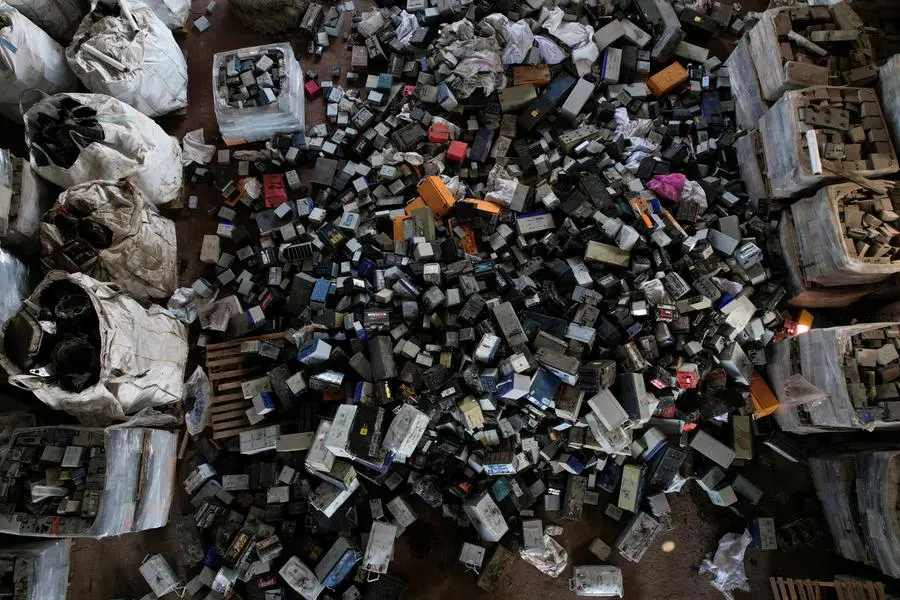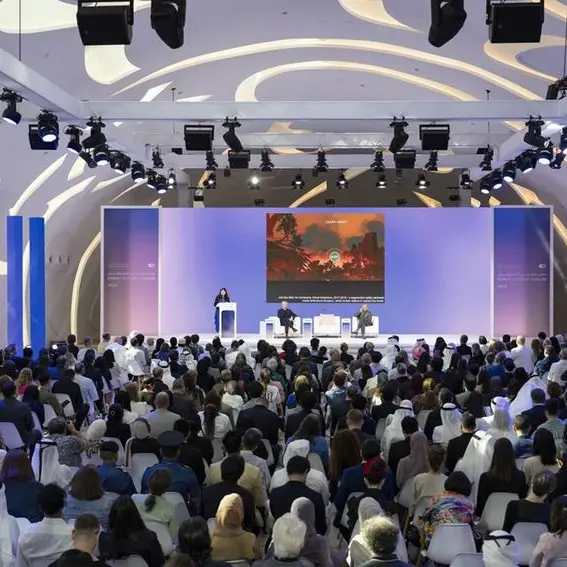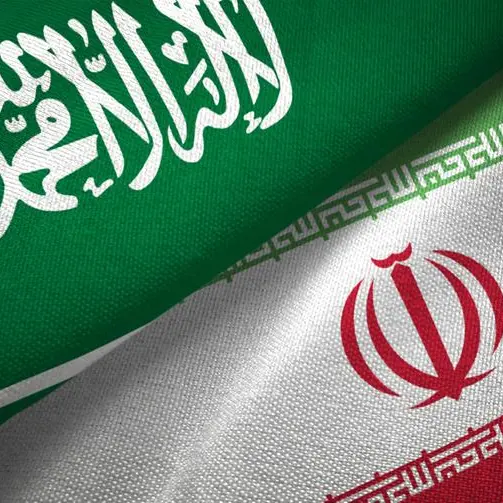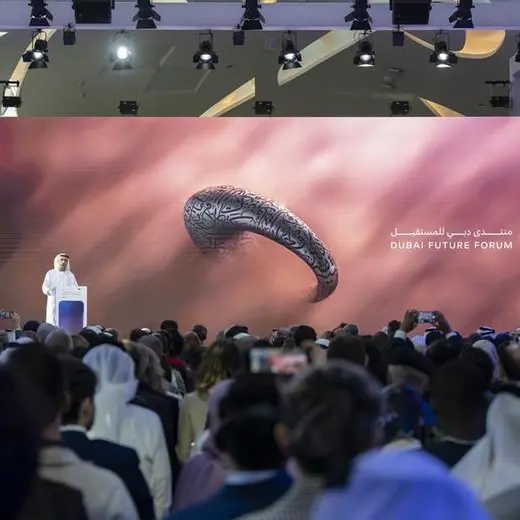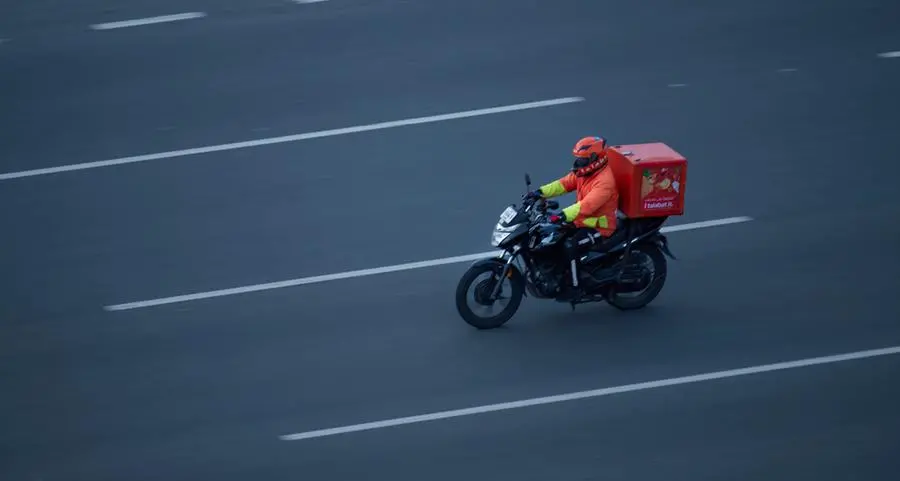PHOTO
Gaza - In a scrapyard near Gaza's fence with Israel, thousands of old batteries are piling up - one of several such sites in the enclave set up to mitigate the environmental repercussions of the blackouts that are a feature of daily life.
The batteries - stacked outside and slowly degrading - are from defunct solar power and UPS emergency backup power systems, relics of the costly workarounds that Gazans use whenever the power cuts kick in.
To minimize the impact of the thousands of tonnes of old batteries that have built up after 15 years of blockade, environment officials have set up five storage sites away from heavily populated areas.
But some pollutant leakage is inevitable, adding to mouting problems in the strip, where some 2.3 million people live in a narrow coastal area isolated by border controls imposed by Israel and Egypt in 2007.
"Keeping batteries exposed to the environment is certainly dangerous," said Ahmed Al-Manama, of the Water and Quality Environment Authority. "Lead can get into drinking water reserves and dust from the batteries can blow away and pollute plants, trees and the soil."
For the enclave's ever-inventive scrap dealers, however, they provide an opportunity, and scavengers tour the streets in donkey carts, buying up old batteries or picking them off garbage dumps for resale and recycling.
"We buy them from people who collect them from streets, either buy them or pick them up from dumping places," said one worker at the scrapyard visited by Reuters who declined to give his name.
With Israeli bans on importing chemicals that could potentially be used in weapons manufacture making it impractical to operate recycling facilities in Gaza, most of the old batteries are sold on to merchants who prepare them for export.
PRICEY AND POLLUTING BACK-UPS
Since Egypt opened its borders to battery waste exports from Gaza this year, some 4,000 tonnes have been shipped out.
But around 10,000 tonnes remain, Manama said, and the problem is unlikely to be resolved while chronic electricity problems persist.
The enclave generates around 60 megawatts a day from its only power plant and gets 120 MW more from Israel - well short of an estimated requirement of 500 MW.
To make up the shortfall, some 165 gigantic diesel-fuelled generators are dotted around the strip, providing high priced backup electricity to those who can afford it and adding to chronic air pollution. Many residents have their own smaller generators too.
Mohammad Thabit, of the territory's power distribution company, estimates that residents have spent $2 billion on alternative power resources since 2006.
"Most of those alternatives are harmful to the environment. It led to many injuries, deaths, and loss of property during those many years," he told Reuters.
A recent initial agreement with Egypt over exploiting an offshore gas field offers some hope of cheaper energy in future, but until then, most people will have to keep improvising.
"Sometimes we use the phone flashlight," said Munir Abu Ali, a resident of Gaza Beach refugee camp whose seven-member family uses a pair of 18 amp batteries for light. "Most of the time it is dark."
(Writing by Nidal Almughrabi; editing by John Stonestreet)
